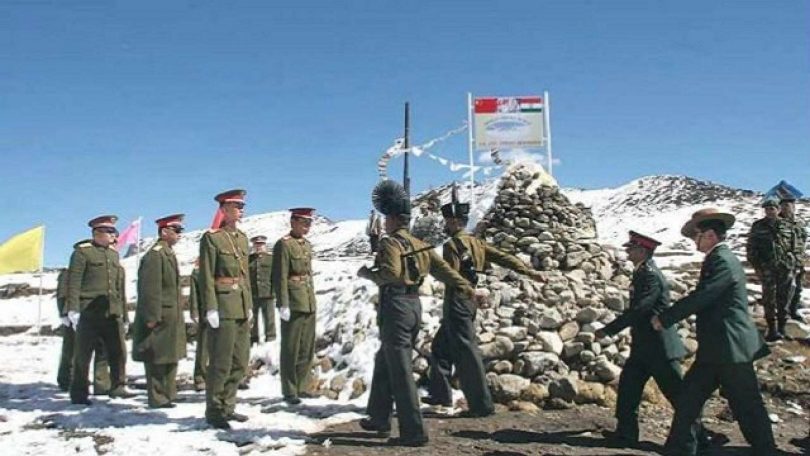Two days ahead of China implementing new border law, the Chinese government renames 15 places of Arunachal Pradesh in its map.
China’s Ministry of Civil Affairs issued a statement stating that they have ‘standardised’ names for 15 places in Arunachal Pradesh, to be used on Chinese maps.
“Arunachal Pradesh has always been, and will always be an integral part of India. Assigning invented names to places in Arunachal Pradesh does not alter this fact,” MEA said on reports that China has renamed some places in Arunachal Pradesh in its own language.
This is the second time China has renamed the names of the places of Arunachal Pradesh. Way back in 2017, China had changed names of six places. Renaming of names comes just two days ahead of implementing the new border law.
On October 23, the Standing Committee of the National People’s Congress, China’s top legislative body, passed a new law citing “protection and exploitation of the country’s land border areas”. The committee had stated that the new law will come into effect from January 1.
The law is not meant specifically for the border with India. China shares its 22,457 km land boundary with 14 countries including India, the third longest after the borders with Mongolia and Russia.
The new border law has 62 articles and seven chapters. As per the law, People’s Republic of China shall set up boundary markers on all its land borders to clearly mark the border. The type of marker is to be decided in agreement with the relevant neighbouring state.
The law further stated that People’s Liberation Army (PLA) and Chinese People’s Armed Police Force will maintain security along the border. This responsibility includes cooperating with local authorities in combating illegal border crossings.
The law prohibits any party from indulging in any activity in the border area which would “endanger national security or affect China’s friendly relations with neighbouring countries”. It includes construction of any permanent buildings by any person without authorisation from the concerned authority.
Further it stated that citizens and local organisations are mandated to protect and defend the border infrastructure, maintain security and stability of borders and co-operate with government agencies in maintaining border security.
The law lays path for the development of the border region. It states that People’s Republic of China will take up education and propaganda to “solidify the sense of community of China, to promote the spirit of China, to defend the unity and territorial integrity of the country, strengthen citizens’ sense of the country and homeland security, and build a common spiritual home for the Chinese nation” amongst citizens in the border region.
The state can take measures “to strengthen border defence, support economic and social development as well as opening-up in border areas, improve public services and infrastructure in such areas, encourage and support people’s life and work there, and promote coordination between border defence and social, economic development in border areas”. In effect, this suggests a push to settle civilians in the border areas.
The law comes amid border dispute with India. Experts stated that Beijing is likely to dig in its heels at the current positions at the Line of Actual Control.
India claims that China is illegally occupying about 38,000 sq km of India’s territory in Aksai Chin, which borders eastern Ladakh. Pakistan ceded to China about 5,180 sq km in 1963 from the Indian territory illegally occupied by it.
India and China are engaged in border disputes for the last 20 months and diplomatic and military talks are on to resolve the issues.







